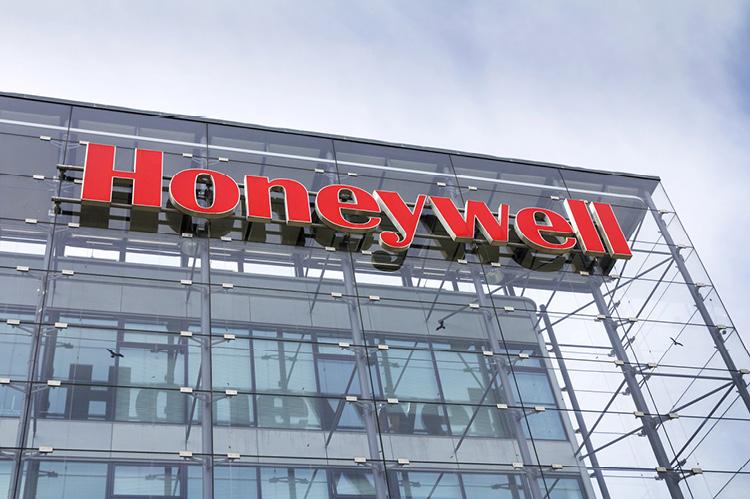Methane Gas Emissions From Leaky Pipelines Are Taken On By Honeywell

Honeywell, a Fortune 100 technology company that delivers industry-specific solutions for buildings and industry, is introducing an automated methane monitoring solution to help European companies better address their climate goals.
Reaching these goals must invariably include a plan to reduce methane gas emissions, which are 80 times more potent in trapping heat than carbon dioxide after 20 years, according to the Environmental Defense Fund. The International Energy Agency says reducing gas emissions such as methane from hydrocarbon operations is one the most cost-effective and impactful methods to help reach global climate and environmental goals.
Honeywell's state-of-the-art cameras provide continuous monitoring for dangerous and polluting gases such as methane.
The system, powered by proprietary hyperspectral gas analytics using artificial intelligence, provides facility operators with an easy-to-interpret colored visualization of the gas plume type, location, direction, size, and concentration, allowing for earlier and more effective response before leaks have the chance to grow into bigger emissions or safety issues.
Honeywell is also developing new, advanced methane quantification capabilities for its system, which will enable customers to more effectively measure methane gas emissions.
Current gas leak detection methods require workers to periodically inspect a site with handheld thermal imaging cameras to identify leak sources and arrange for repairs. This approach is time consuming, subject to human errors and can only detect a leak at a specific moment in time when the technician is in the field.
Honeywell’s system provides continuous monitoring and offers real-time analytics to see and measure concentrations of the leaked gases. Using hyperspectral sensors, the system can see an “optical fingerprint” of the gas cloud, which makes it possible to differentiate multiple gas types.

